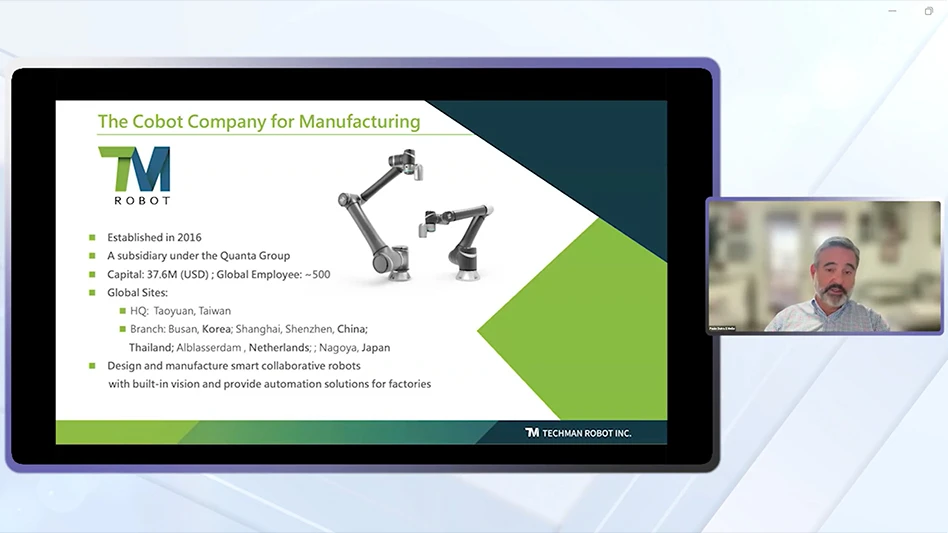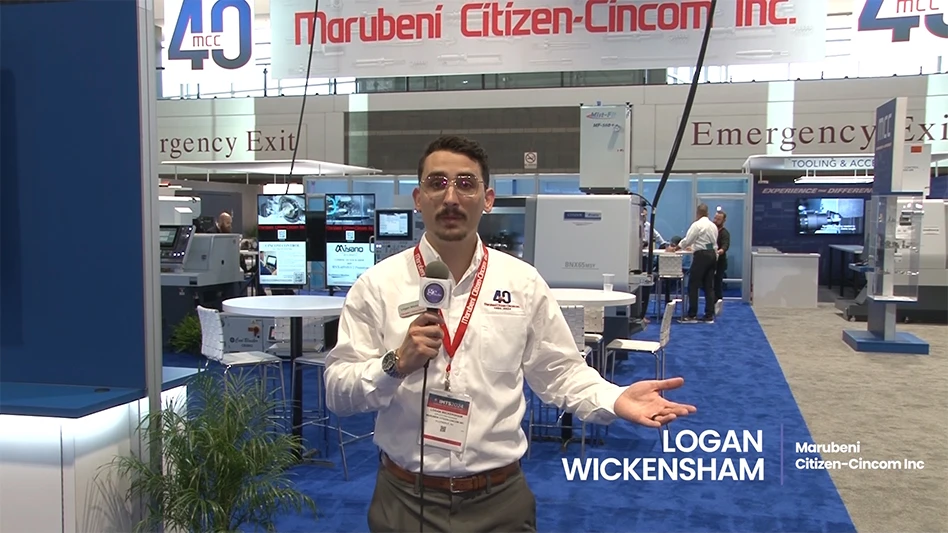
Cincinnati, Ohio – The United States Air Force Life Cycle Management Center (AFLCMC), based at Wright Patterson AFB, Ohio, awarded GE Aviation a $1billion contract to continue maturing its three-stream adaptive cycle engine via the Adaptive Engine Transition Program (AETP). AETP is scheduled to run through 2021 with extensive component, rig and engine testing.
AETP technology has undergone initial development under the auspices of the Air Force Research Laboratory (AFRL) through the Adaptive Versatile Engine Technology (ADVENT) program that began in 2007 and the Adaptive Engine Technology Development (AETD) program that began in 2012.
"For nearly a decade, GE Aviation has successfully partnered with the Department of Defense (DoD) to effectively design, manufacture and test our revolutionary combination of engine architecture, compression technology, cooling technology and material technology advancements," said Dan McCormick, general manager of GE Aviation's Advanced Combat Engine programs. "We are honored to continue our work with AFRL while initiating the next phase of the technology maturation with the AFLCMC, transitioning our learnings as the only engine manufacturer to have successfully tested a full three-stream adaptive cycle engine. We will continue to work to deliver engines that meet the DoD's aggressive performance and cost targets. We believe GE is best positioned to integrate the adaptive suite of technologies into existing and next-generation combat aircraft."
GE Aviation completed its AETD Preliminary Design Review (PDR) in March 2015. This key review was held with leaders from the US Air Force, Navy, and NASA following testing of the industry's first adaptive-cycle, three-stream engine in 2014. GE's adaptive cycle, three-stream engine extends aircraft operating range by more than 30%, improves fuel consumption by 25%, and increases thrust by more than 10%. With the AETP and follow-on development programs, GE's engine could be ready to power the US military's most advanced combat jets.
Fixed cycle engines powering today's military aircraft are limited, or fixed, to one capability: either maximum power or fuel efficiency, which restricts aircraft performance and increases sustainment costs. GE's AETP engine differs from fixed cycle engines in its ability to alter from a high-bypass, fuel-efficient engine similar to those deployed on tanker/transport aircraft to a low-bypass, high-performance engine needed for fighter jets. The adaptive feature is combined with an additional source of air, a third stream of cooled air, that can be used to further increase thrust, improve fuel efficiency, and dramatically reduce the aircraft heat load.
After a joint GE/DoD investment of more than $1 billion in its development, GE's AETP engine incorporates extensive use of advanced manufacturing and heat-resistant material technologies initially developed for GE's commercial jet engines, such as ceramic matrix composites (CMC) and additively manufactured components pioneered on the LEAP and GE9X engines.
Source: GE Aviation
Latest from Aerospace Manufacturing and Design
- Optimize your manufacturing applications with the right metrology tools
- Navigating today’s supply chain
- Piper Aircraft Inc. achieves AS9100 Certification
- Kyocera SGS' KGZ precision cut-off solutions
- Bridging the Skills Gap: A Solution for Today’s Labor Shortage
- Molex to acquire AirBorn
- Nano Dimension's Exa 250vx digital light processing (DLP) 3D printer
- IMTS 2024 Booth Tour: Fagor Automation Corp.





